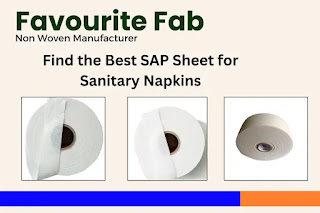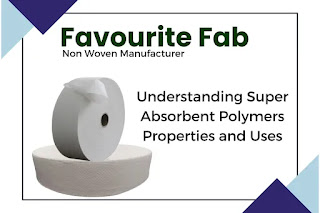Finding the Best SAP Sheet for Sanitary Napkins

Finding the Best SAP Sheet for Sanitary Napkins Selecting the right super absorbent polymer (SAP) sheet for sanitary napkins is crucial for ensuring optimal performance and comfort during menstruation. With a plethora of options available, it's essential to understand the key factors to consider when choosing the best SAP sheet. In this blog, we'll explore the factors to keep in mind and provide guidance on finding the most suitable SAP sheet for sanitary napkins. Absorbency Capacity : One of the primary considerations when selecting an SAP sheet is its absorbency capacity. Look for SAP sheets that can absorb and retain large volumes of menstrual fluid effectively, keeping the surface of the napkin dry and preventing leaks. Higher absorbency capacity ensures longer-lasting protection and enhanced comfort throughout the menstrual cycle. Distribution Rate : The distribution rate of an SAP sheet determines how quickly it can absorb menstrual fluid and distribute it evenly across t

